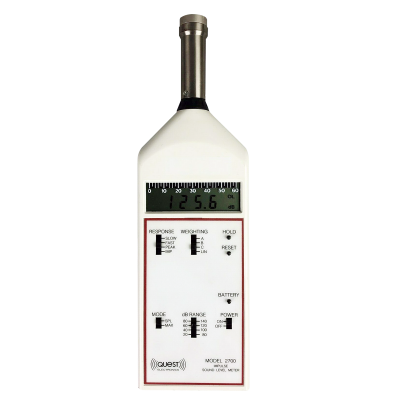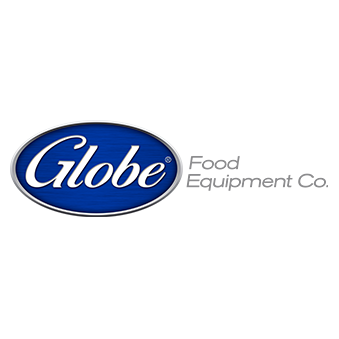TSI Quest Model 2700 Impulse Sound Level Meter


| BRAND | Global |
|---|---|
| MODEL | 2700 |


| BRAND | Global |
|---|---|
| MODEL | 2700 |
Recommendation

Renters
Company
Support

KWIPPED offers unparalleled efficiency to source equipment rentals and leases from a global network of equipment suppliers.
Tell us where to send your quotes.
Eventually, we'll need a few more details to facilitate your rental/finance, but we know your time is valuable.
Do you want to submit the request now, or do you have some time to enter company details?
Just a little more information so we can verify your business.